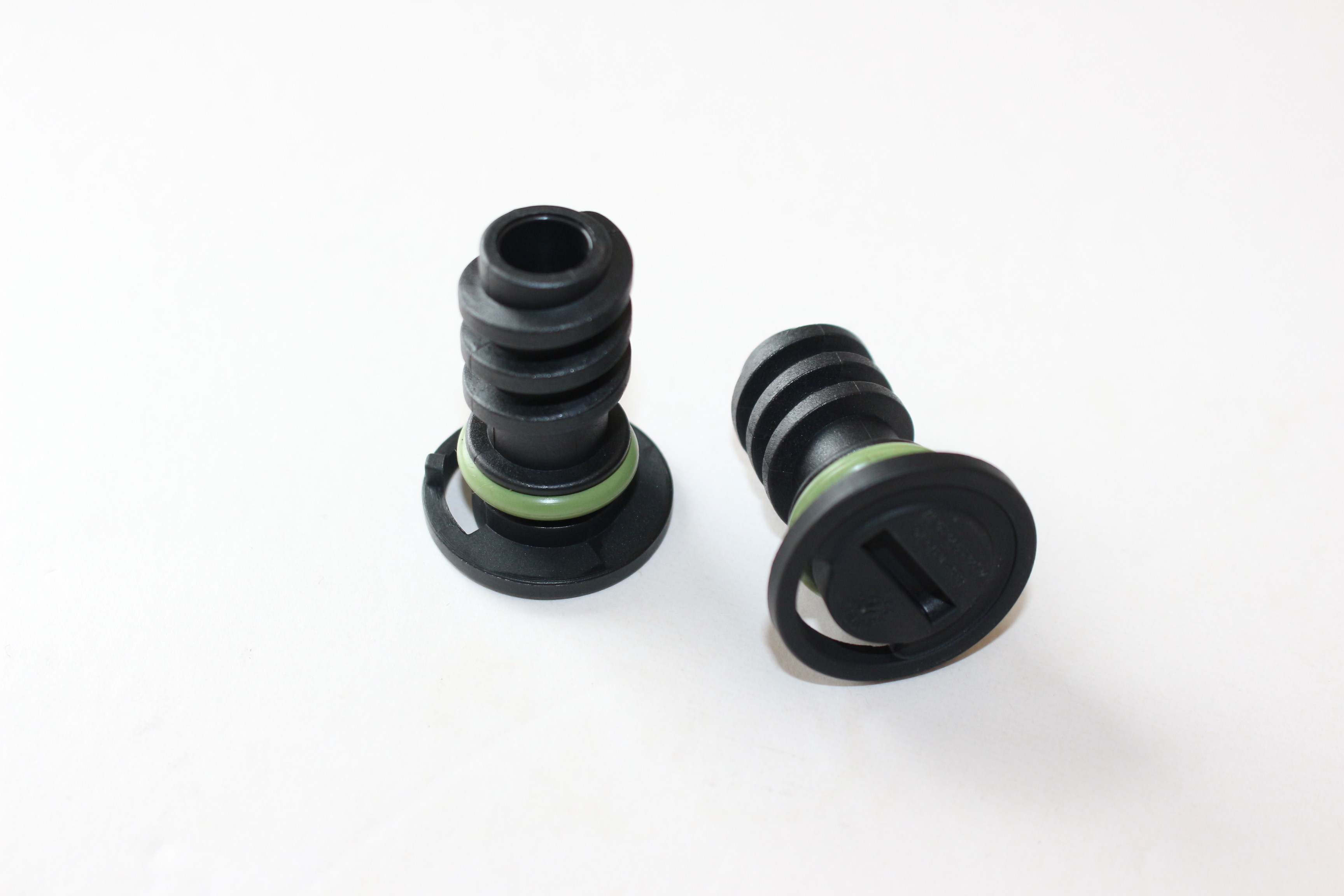square o rings
Understanding Square O-Rings An Essential Component in Various Applications
Square O-rings, often referred to as square cross-section seals, are a unique variant of traditional round O-rings that provide enhanced sealing properties for a wide range of applications. While O-rings are widely used in various industries for their reliable sealing capabilities, square O-rings introduce certain advantages that make them suitable for specific engineering challenges.
Design and Characteristics
The primary difference between square O-rings and their round counterparts lies in the shape of their cross-section. Square O-rings have a rectangular or square profile, which allows them to provide a larger sealing area. This design results in increased resistance to extrusion, particularly in high-pressure environments. The thicker, more robust shape can withstand greater pressure variations, making square O-rings an excellent choice for demanding applications.
Square O-rings are typically made from elastomeric materials, such as nitrile rubber, silicone, or fluorocarbon, which are selected based on their compatibility with the fluids they will encounter. The formulation of these materials provides not only the necessary flexibility and durability but also chemical resistance, enabling their use in harsh environments where conventional seals might fail.
Applications
The applications of square O-rings span numerous sectors, including automotive, aerospace, food processing, and oil and gas industries. In automotive applications, they are often used in hydraulic systems and engine components, where they effectively prevent leaks while enduring the high pressures generated during operation. In aerospace, their ability to function in extreme temperatures and pressures makes them ideal for sealing fuel systems and hydraulic lines.
square o rings

Square O-rings are also prevalent in pneumatic systems due to their enhanced sealing capabilities under dynamic conditions. They can help maintain pressure stability and prevent loss of system efficiency. In the food and beverage industry, the FDA-approved materials utilized in these seals protect against contamination, ensuring that products meet health and safety regulations.
Advantages Over Round O-Rings
One of the key advantages of square O-rings is their improved volume seal. With a larger contact area than round O-rings, square O-rings can provide a more effective seal, especially in situations where there is lateral movement or extrusion risk. Additionally, they are less likely to twist during assembly, thereby reducing the chances of installation errors that can lead to leaks.
The extrusion resistance of square O-rings also allows manufacturers to design components with tighter tolerances, which can enhance the overall efficiency of the system. In many cases, this leads to longer service life and reduced maintenance costs, making square O-rings a cost-effective choice for engineers and designers.
Conclusion
In conclusion, square O-rings represent a specialized sealing solution that addresses the unique demands of various industrial applications. Their superior design, combined with the advancements in material technology, offers enhanced performance in high-pressure and extreme environments. As industries continue to evolve and face new challenges, square O-rings will remain a critical component in ensuring reliable and efficient operations across multiple sectors.
-
Understanding the Front Main Engine Seal: Purpose, Maintenance, and Installation
News Jul.29,2025
-
Understanding O-Rings and Seal Rings: Types, Applications, and Custom Solutions
News Jul.29,2025
-
Understanding Crankshaft Oil Seals: Rear Seals, Pulley Seals, and Their Role in Engine Integrity
News Jul.29,2025
-
The Importance of Front and Rear Crankshaft Seals in Engine Performance and Oil Management
News Jul.29,2025
-
Crank Oil Seals: Functions, Types, and Cost Considerations in Engine Maintenance
News Jul.29,2025
-
A Comprehensive Guide to O-Rings and Seals: Types, Materials, and Global Applications
News Jul.29,2025
-
Mastering Diesel and Performance Engine Maintenance: A Guide to Critical Oil Gaskets
News Jul.28,2025
Products categories















